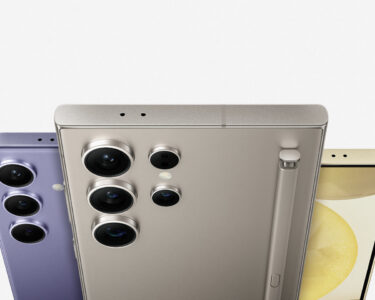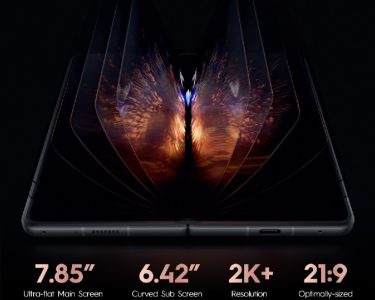Well there is a very small but technically effective change that is happening in the cell-phone market. The Type-C is the latest port for charging purposes, which many companies are set to adopt fully. Moreover we can say it with confidence that the USB protocol for phones, tablets and laptops is changing for the better. Here are some reasons on how this change can help change the future.
- Reversible and Interchangeable
Well the design of the USB-C basically shows us the plug’s shape. If for example you use a android phone, the connector port of the predecessor is USB-B and the flat one on your computer is called USB-A. Moreover the Apple’s lighting port is not at all compatible and will not work with the USB-C, despite the very similar shapes. Moving on, the USB-C is reversible so basically you can put in the USB-C cable from both sides, so basically both sides are up!.
- There are many great features which are being developed for the USB-C port
Now the USB-Connector ports also support the USB 3.1 standard, and well this is where things start to get more or less confusing for the consumers. Other than the charging feature provided by the cable, USB 3.1 will also be able to quickly transfer the data and videos through the cable. You can also charge other gadgets using your phone’s reserves. But here’s the thing, the phones with the USB-C charging does not automatically support the USB 3.1’s nifty features. As of right now the phones are only adopting to the plug type. Moreover there are also many features which will start to come eventually, but if your phone already possesses a Type-C port, you will be able to take full advantage of the port when other protocols come in to discussion.
Must Read: TECNO: AN EXAMPLE OF RESILIENCE AND ELEGANCE
Moreover, if you wish to take in the USB-C full USB 3.1 bounty, well then the operating system of a phone plays a vital role and creates a big difference. The software has to be coded to work with all those extra features other than just charging. Android 7.0 Nougat for example supports the USB 3.1 as did the Android 6.0 did, but even with that in mind the creators of the device chose not to opt for this Port. Google’s two major flagship phones namely, Pixel and the Pixel XL come along with the Android Nougat to basically show for the USB-C. When you plug your cable into the phone and then into your laptop or another device, you’ll pull down a software menu that lets you choose the kind of connection you’re making: for example, charging, or if you want to use the cord to power another device.
- More cables come with more problems
Well switching to the new USB transmission cable comes with its problems. For one when you do in-fact complete the switch you will have to remember to pack your new cable with you when you leave your house. Moreover it also means that you are in a time-zone where you may possess multiple devices, but they all may or may not use different cables which makes it a pain to mentally sort out and then to actually use it. In order to escape this problem it would be better for you to buy multiple adaptor cables to ensure that your phone still plugs in to your old laptop.
- Flagships
Now it is going to take some time to get there, but the USB-C cable is the future of the industry. It has already started coming in phones since 2015 and now will feature on almost every phone which will be released. Flagships in this case generally take up the lead on such a change. Finally as the parts of the phones become cheaper over time, you can also opt for the mid-rangers and the entry-level handsets to start getting Type-C too. As we all know that the PC’s use the type-C as well, “We should see price points come down fast enough to make it viable throughout the [phone maker’s] portfolio,” said Carolina Milanesi, chief of research and head of US business at Kantar World panel.
- USB-C consumers checklist which should be followed!
When your new android phone comes with USB-C, remember this:
- Get enough cables to use at home and work
- Take stock of any adapter cables you’ll need to buy (e.g., to connect the laptop and phone)
- Expect that the phone may not support the USB 3.1 standard yet (but check anyway)
- Only buy cables with the USB logo on them; this guarantees that they’ll work safely and reliably




